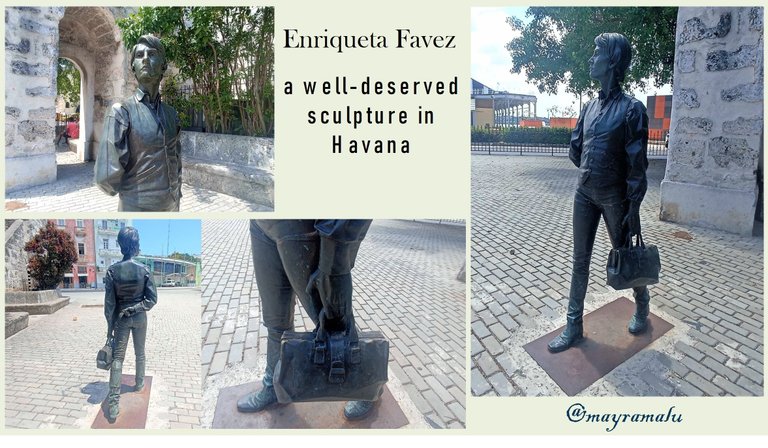
Hello my dear friends, today I want to present a beautiful sculpture of a brave woman who challenged the macho world of the 19th century. It's located behind the Church of San Francisco de Paula, which I showed you in this previous post.
It's about Enriqueta Favez, born in 1791 in Switzerland. She was a very intelligent woman who wanted to study and pursue a profession only permitted to men; women weren't allowed to do so, and they were only supposed to care for the home and family.
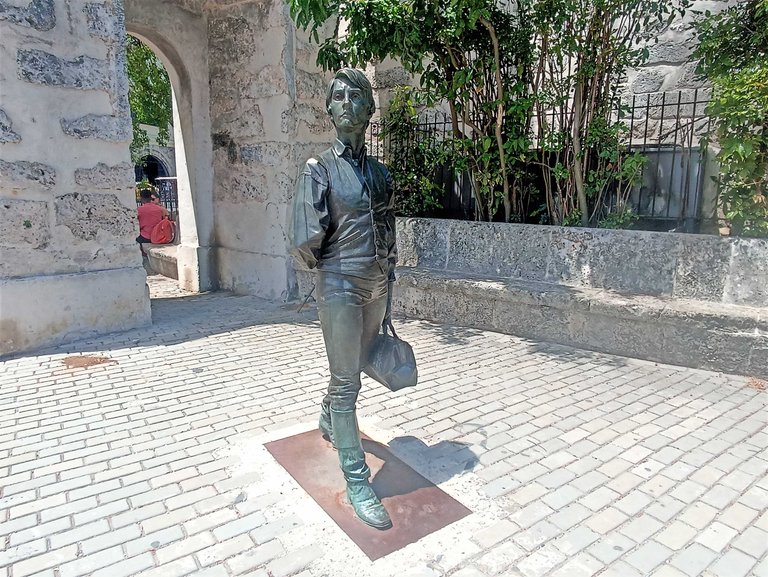
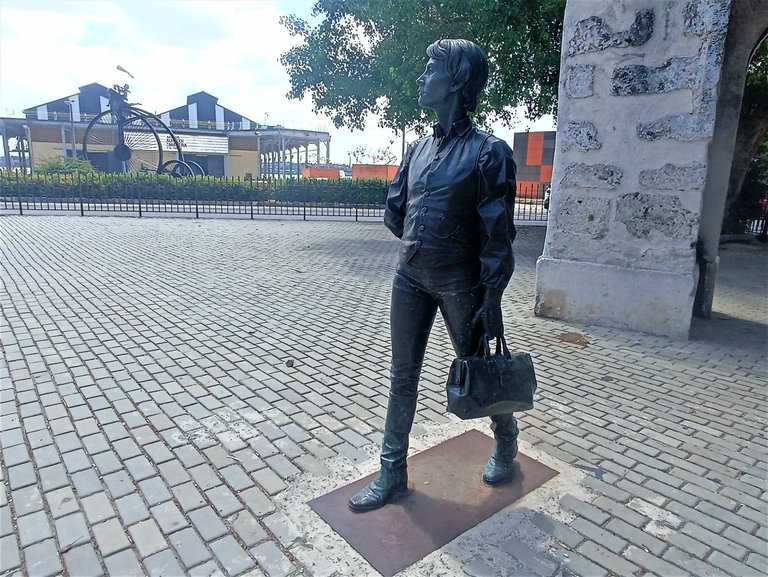
At 18, she decided to study medicine, but how could she do so? The only way would be to pass herself off as a man, and so she did, under the name Enrique Favez at the University of Paris. She graduated and served in the Napoleonic Wars as a surgeon, always concealing her true gender.
You may wonder: what connection did she have with Cuba that would have earned her such a beautiful sculpture by the illustrious artist José Villa Soberón?
This well-deserved work is due to her dedication as a doctor in Baracoa, in the easternmost part of our country, since she arrived in 1819. She was considered the best doctor among the wealthy class, although she also treated the poor free of charge. She also dedicated herself to teaching literacy to black slaves and free people.
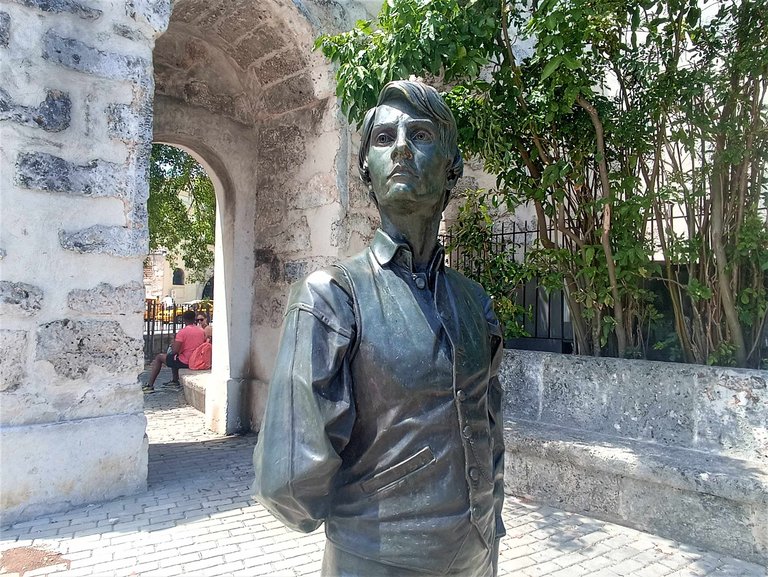
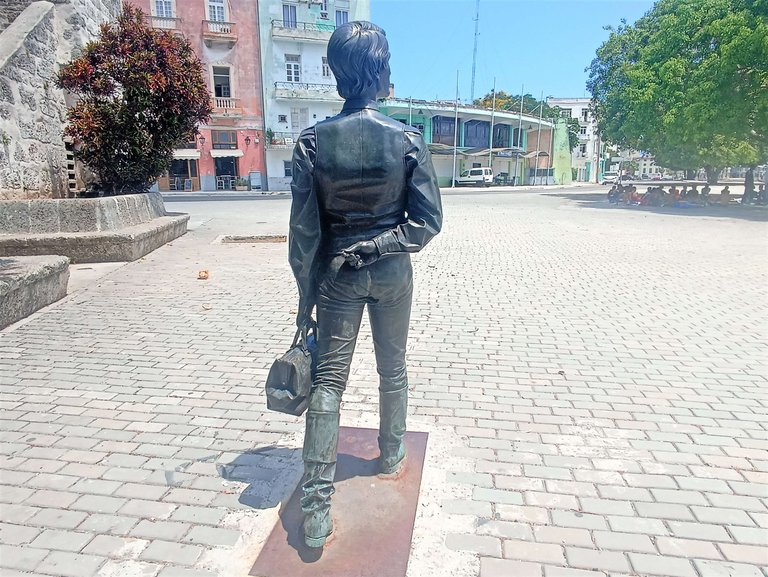
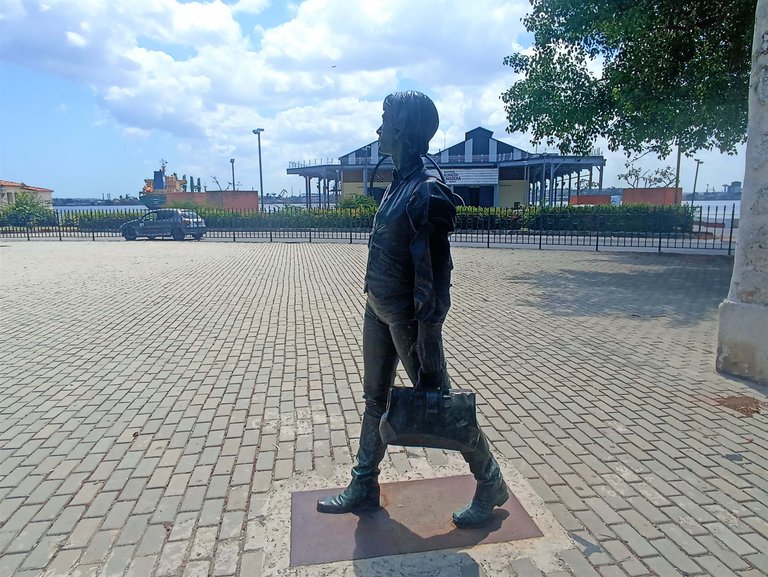
She fell in love with a woman and they married in the local Catholic church, thus maintaining his masculine appearance. However, she was discovered in 1822 by a maid and betrayed. She was tried in Havana and sentenced to serve in the San Juan de Nepomuceno Women's Home, very close to where the sculpture was located. She was finally deported in 1824.
This bronze sculpture depicts the dress she wore while practicing medicine, with her first aid kit. Her movement can be seen as if she were walking to treat a patient.
A detail we can see is the wedding ring on her left hand. Her head held high, her gaze haughty and defiant. Her right arm is back, which I think means he's hiding something valuable, which is her true identity.
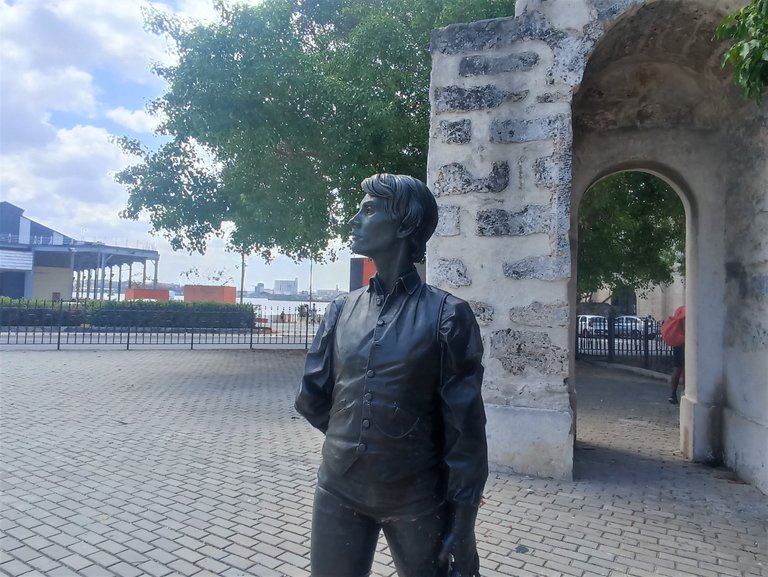
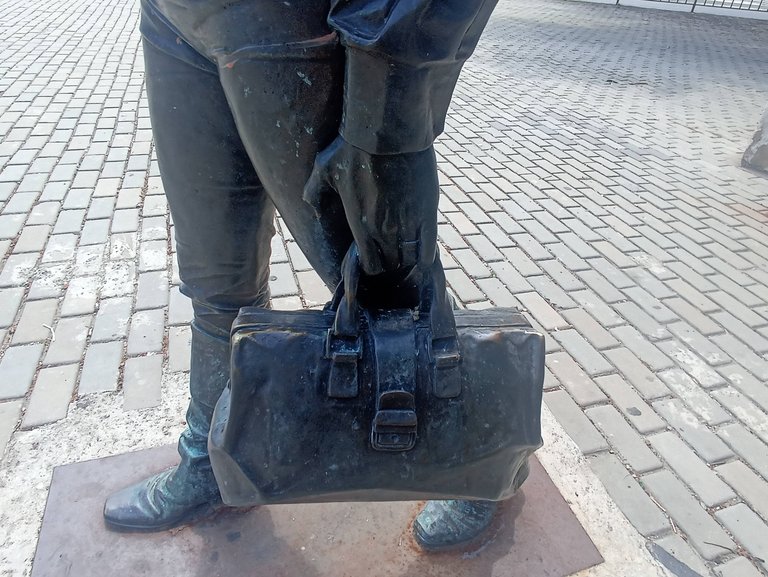
In this way, tribute is paid to a brave woman who broke the laws of social conduct of her time and who, in addition, carried out social and humane work, selflessly caring for the poor and slaves.
This work was placed on the Paseo de la Alameda de Paula where a women's hospital once stood, although that was not exactly where she worked.
Also in Cuba, Favez was remembered through the film "Defiant souls" by Cuban director Fernando Pérez, a beautifully crafted film reflecting the customs of the time and the life of this brave woman who sought happiness at all costs.
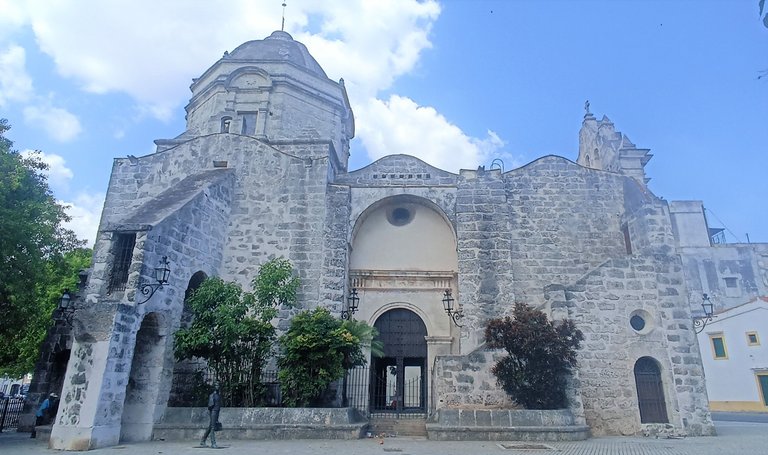
In short, Enriqueta Favez was 200 years ahead of her time; she fought to live as she wanted, defying norms and customs, and for this reason she should be remembered and admired.
I hope you enjoyed learning about this sculpture and the admirable story it holds.
See you soon!
Historical data were consulted on this site.

Enriqueta Favez, una merecida escultura en La Habana
Hola mis estimados amigos, hoy quiero presentarles una hermosa escultura de una valiente mujer que desafió al mundo machista del siglo XIX. Se encuentra en la parte trasera de la Iglesia de San Francisco de Paula que les mostré en este post anteriormente.
Se trata de Enriqueta Favez que nació en 1791 en Suiza, mujer muy inteligente con deseos de estudiar y tener una profesión solo permitido a los hombres, no era aprobado para las mujeres, que solo debían dedicarse a atender la casa y la familia.
A sus 18 años decidió estudiar medicina, pero ¿cómo podría hacerlo? la única forma sería haciéndose pasar por hombre y así lo hizo bajo el nombre de Enrique Favez en la Universidad de París. Se graduó y sirvió en las guerras napoleónicas como cirujano, siempre ocultando su verdadero género.
Te preguntarás ¿qué relación tuvo con Cuba para ser merecedora de una escultura tan hermosa realizada por el ilustre artista José Villa Soberón?
Esta merecida obra se debe a su dedicación que como médico desarrolló en Baracoa, en el extremo oriental de nuestro país desde que llegó en 1819. Era considerada el mejor doctor entre la clase adinerada, aunque también atendía a los pobres de forma gratuita. Además, se dedicó a alfabetizar a los negros esclavos y libres.
Se enamora de una mujer y realizan el matrimonio en la iglesia católica del lugar, manteniendo así su apariencia masculina. Pero es descubierta en 1822 por una criada y fue delatada. Se le hizo juicio en La Habana, fue condenada a servir en la Casa de mujeres recogidas de San Juan de Nepomuceno, muy cerca de donde se ubicó la escultura, fue finalmente deportada en el año 1824.
Esta escultura es de bronce, tal como ella vestía mientras ejercía como médico, con su maletín de primeros auxilios y se aprecia el movimiento como si estuviera caminando rumbo a atender un paciente.
Un detalle que podemos ver es el anillo de casada en su mano izquierda. Su frente en alto y mirada altanera y desafiante. Su brazo derecho está hacia atrás, creo que significa que está escondiendo algo valioso que es su verdadera identidad.
De esta forma se rinde homenaje a una valiente mujer que transgredió las leyes de conducta social de su época y que, además, realizó una labor social y humana atendiendo a los pobres y esclavos de forma desinteresada.
Esta obra fue colocada en el Paseo de la Alameda de Paula donde antiguamente existió un hospital de mujeres, aunque no fue exactamente donde trabajó.
También en Cuba, Favez fue recordada a través del filme Insumisas del director cubano Fernando Pérez, una película muy bien lograda reflejando las costumbres de la época y la vida de esta valiente mujer que buscó su felicidad a toda costa.
En fin, Enriqueta Favez se adelantó 200 años a su época, luchó por vivir como quería, desafiando las normas y costumbres, por eso debe ser recordada y admirada.
Espero que les haya gustado conocer esta escultura y la historia admirable que encierra.
¡Hasta pronto!






